Cao Bang, Vietnam is one of those rare tourism places where nature, culture, and history remain beautifully preserved and unspoiled. Nestled in the country’s remote northeast, this province captivates travellers with its majestic limestone mountains, winding rivers, and timeless ethnic villages. Far from the crowds and mass tourism, Cao Bang Loop offers a slower, more meaningful kind of travel, where breathtaking landscapes meet authentic local life. In this travel guide, you’ll find everything you need to plan your trip to Cao Bang, from top attractions and cultural experiences to suggested itineraries and practical tips.
- 1. Where is Cao Bang, Vietnam?
- 2. Is it worth visiting?
- 3. Top things to do in Cao Bang
- 4. Unmissable cultural experiences
- 5. When to visit Cao Bang?
- 6. Where to stay in Cao Bang?
- 7. Cao Bang Specialties
- 8. How to get there?
- 9. Tour itineraries through Cao Bang and Northern Vietnam
- 10. Practical travel advices
1. Where is Cao Bang, Vietnam?
Cao Bang is a province located near the Vietnam - China border, around 280 kilometers from Hanoi. Despite its remote location, it’s surprisingly easy to combine Cao Bang with other northern gems like Ha Giang or Ba Be Lake on a loop adventure.
What sets Cao Bang apart is its stunning scenery - towering limestone mountains, emerald rivers, and endless rice paddies. It is also home to the Non Nuoc Cao Bang UNESCO Global Geopark, a geologically significant region formed over 500 million years, making it a must-visit for both nature lovers and geology enthusiasts.
2. Is it worth visiting?
It’s absolutely worth visiting Cao Bang. While it might not be as famous as Sapa or Ha Long Bay, Cao Bang Vietnam offers unspoiled beauty and authenticity. Here, you won’t find tourist crowds, just warm locals, peaceful valleys, and some of Vietnam’s most spectacular natural wonders. For travellers seeking raw beauty and cultural depth, Cao Bang is not just worth visiting, it’s unforgettable.
3. Top things to do in Cao Bang
3.1. Ban Gioc waterfall
Considered one of the largest and most majestic waterfalls in Asia, Ban Gioc lies right on the border with China. Water cascades down multi-tiered cliffs surrounded by karst mountains and lush forest, creating a postcard-perfect scene. Visitors can ride a bamboo raft close to the falls for a misty, unforgettable view and photo opportunity.
>> See more about: Ban Gioc Waterfall
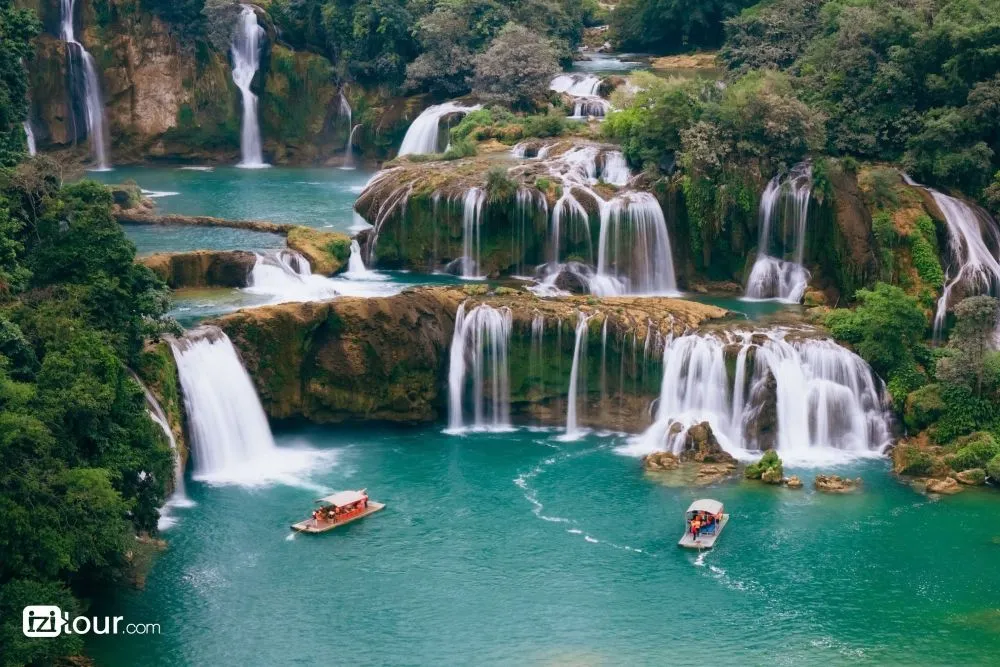
3.2. Nguom Ngao Cave
Hidden beneath limestone cliffs near Ban Gioc, Nguom Ngao Cave stretches over 2 kilometers, adorned with dazzling stalactites and stalagmites shaped by millennia. The cave is well-lit and accessible, making it a favorite for both casual visitors and geology enthusiasts. Its name, meaning “Tiger Cave,” is tied to local legends and adds a touch of mystery to the adventure.

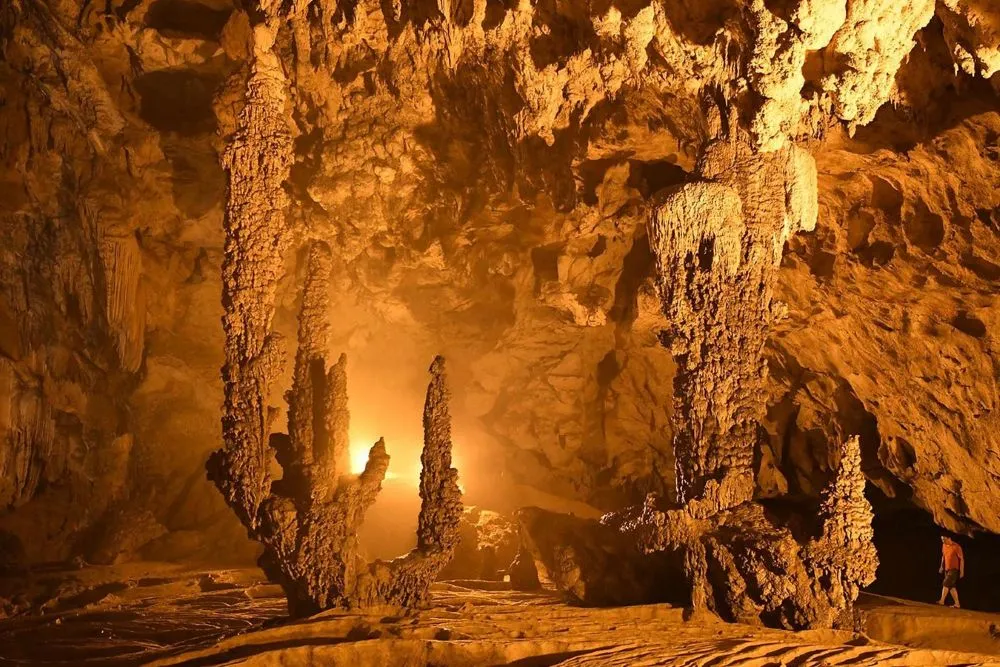
3.3. Phat Tich Truc Lam Pagoda
Perched on a mountainside overlooking Ban Gioc Waterfall, this Buddhist pagoda is a peaceful place of worship and contemplation. Built in traditional Vietnamese architecture, it harmonizes beautifully with the surrounding nature. From the top, you’ll get panoramic views of rolling hills and the mighty waterfall, which is ideal for quiet moments and spectacular photos.

3.4. Phong Nam Valley
Phong Nam Valley is one of the most picturesque and tranquil landscapes in Cao Bang. It’s a serene countryside tapestry of emerald rice fields, winding rivers, and stilt houses nestled beneath karst mountains. Cycling or walking through the valley gives you a chance to meet friendly locals and experience rural Vietnamese life up close.
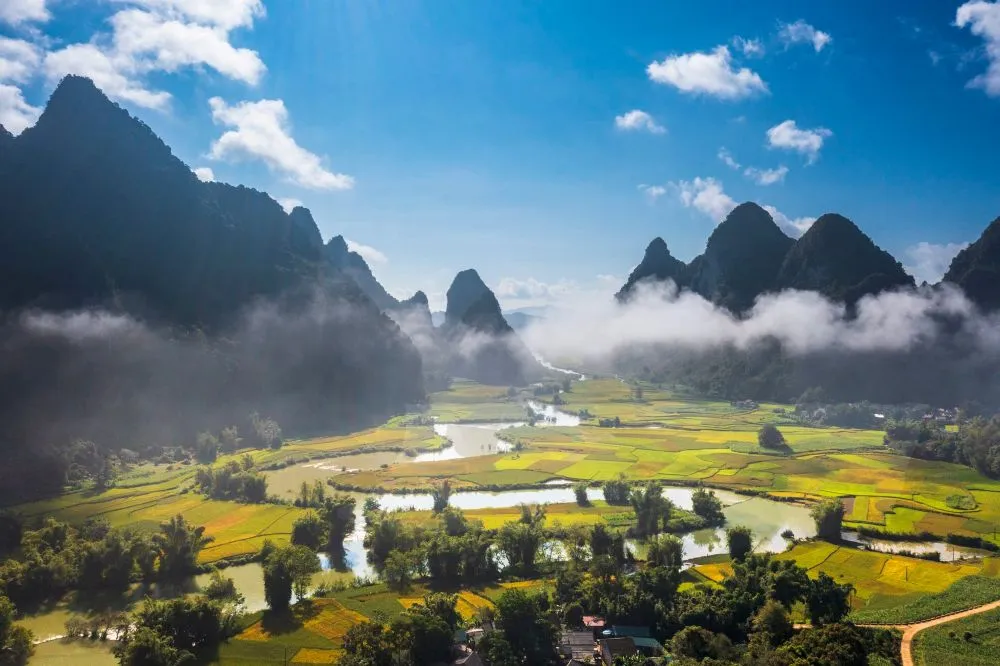
3.5. Nui Thung (God’s Eye Mountain)
Nui Thung stands out for its unique circular hole that pierces the limestone cliff—earning it the nickname “God’s Eye Mountain” This rare geological formation, combined with surrounding pastures and dramatic rock faces, makes it a magnet for photographers and nature lovers. The mountain is also a sacred site for the locals, adding spiritual depth to its natural charm.
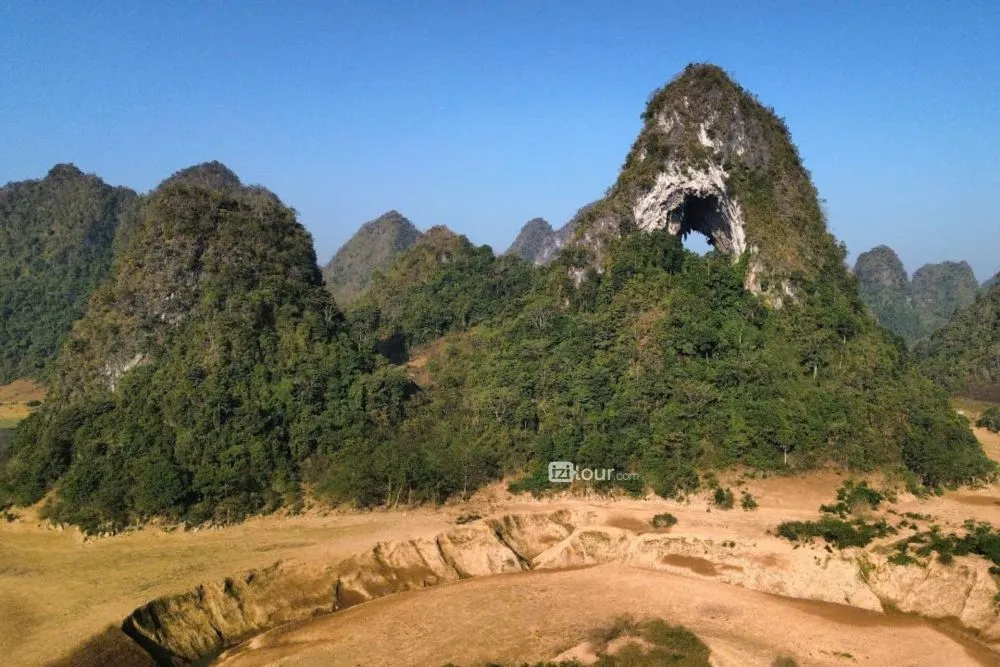
3.6. Thang Hen Lake
Set among the highlands of Tra Linh, Thang Hen is a collection of over 30 interconnected lakes that change shape and water level throughout the year. The lake is surrounded by dense forests and jagged peaks, creating a magical and mirror-like landscape. Local myths speak of a brokenhearted couple, adding romantic lore to this peaceful setting.
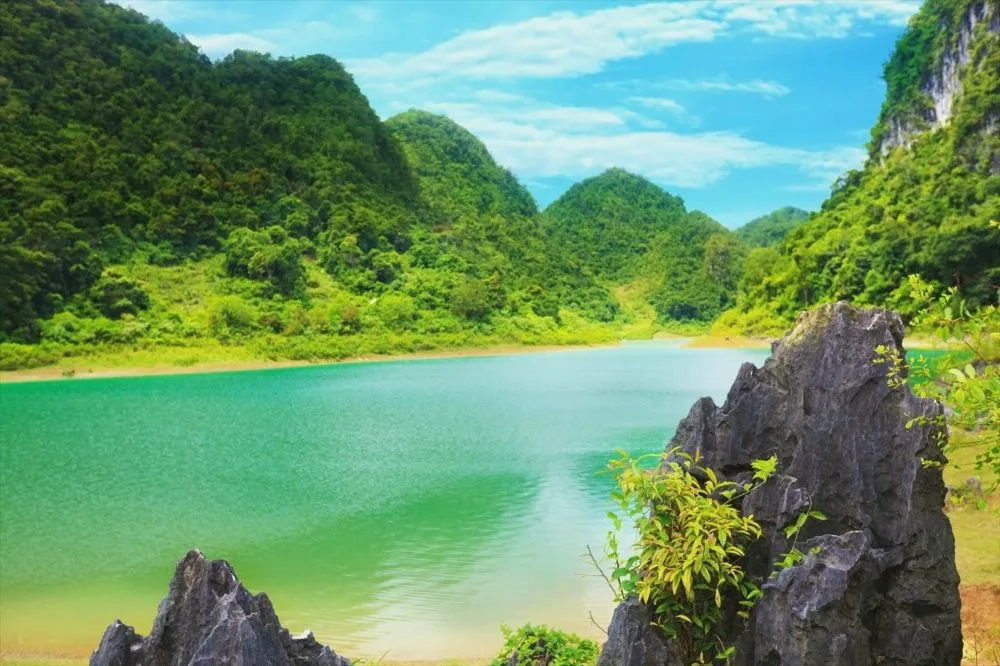
3.7. Phia Oac – Phia Den National Park
This national park is a hidden sanctuary for biodiversity, filled with rare plants, mossy forests, and birdsong echoing through the mist. It’s an ideal spot for trekking, especially along old French colonial trails that wind through cloud-covered mountains. The higher altitudes offer a cool climate, sometimes even frost in winter, a rare treat in tropical Vietnam.
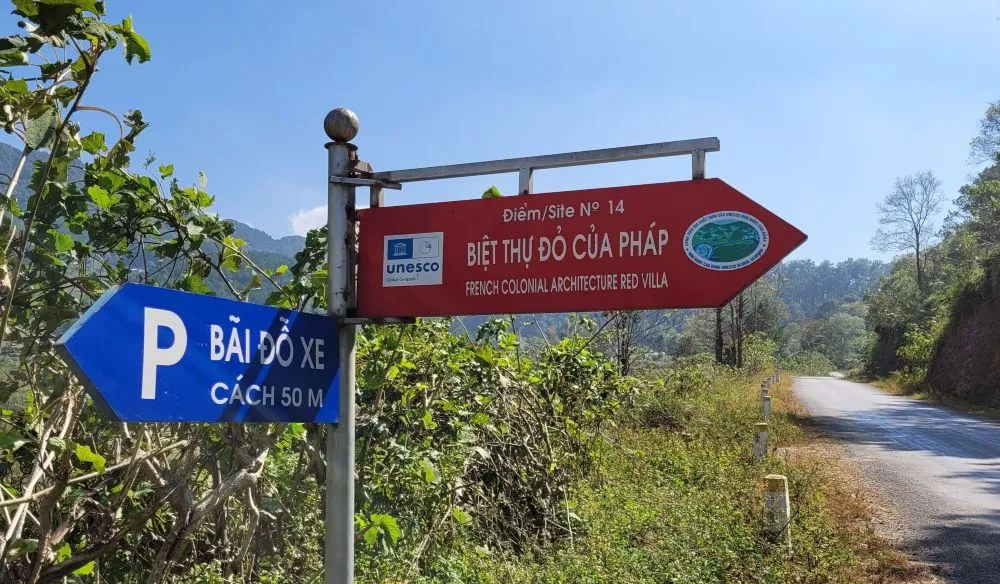
3.8. Khau Coc Cha Pass
Khau Coc Cha Pass, though only 2.5 km long, is famous for its 14 sharp bends forming 15 dramatic switchbacks along the mountainside. From the top, travelers can admire a ribbon-like road winding through the stunning landscapes of Northeast Vietnam. In spring, peach and plum blossoms paint a romantic picture, while autumn brings golden terraced fields.
Once a narrow trail from the French colonial era, the pass was paved in 2011, now serving as a key route connecting remote border villages. Its steep slopes and tight turns also make it a favorite challenge for scenic drives and adventurous motorbike rides.
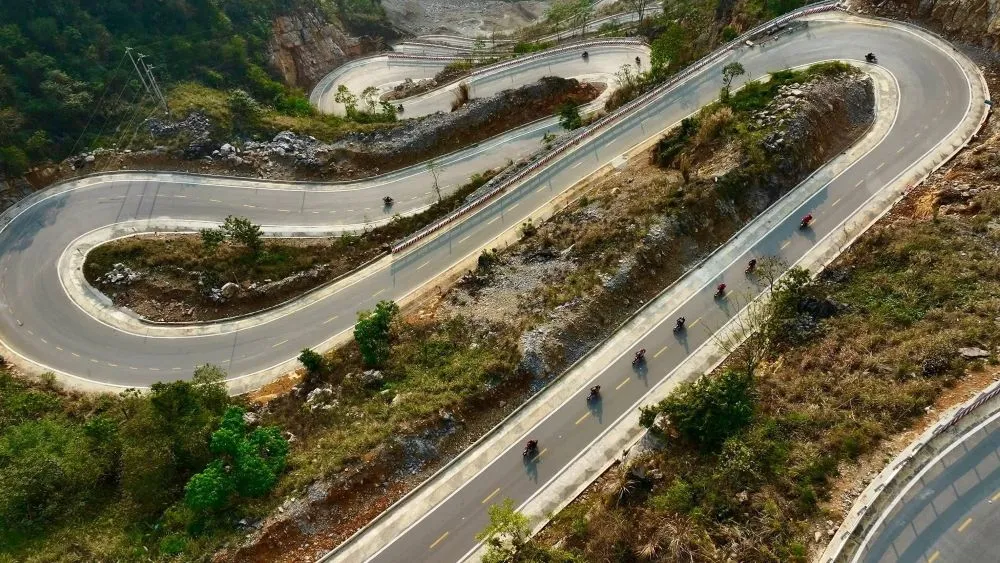
3.9. Pac Bo Historical Site
Pac Bo is where President Ho Chi Minh, the Great Father of Vietnamese people, returned in 1941 to begin the resistance against colonial rule after decades in exile. You can visit the small cave where he lived, the Lenin Stream where he bathed and fished, and the surrounding jungle where history was made. The site is simple but powerful, resonating with national pride and quiet reverence.
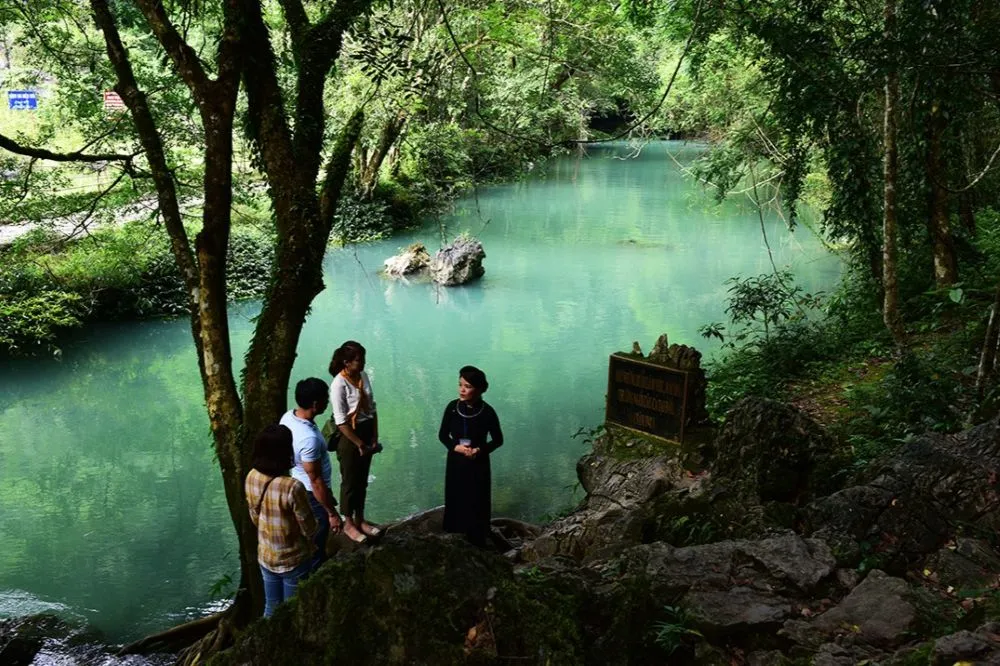
3.10. Khuoi Ky Stone village
This Tay ethnic minority village is known for its unique stone architecture, houses, walls, and walkways all built from hand-chiseled rock. Tucked beside a stream and surrounded by mountains, it feels like a step back in time. Staying here means tasting traditional food, hearing ancient songs and learning about life lived in harmony with nature.

3.11. Cao Bang City Nightlife
Though small, Cao Bang City offers a warm and welcoming nightlife scene. Wander along the Bang Giang River for a peaceful evening stroll, then duck into a street-side eatery for local dishes and a cold “bia hoi”. It’s a chance to mingle with locals, hear their stories, and see the town come to life after dark.
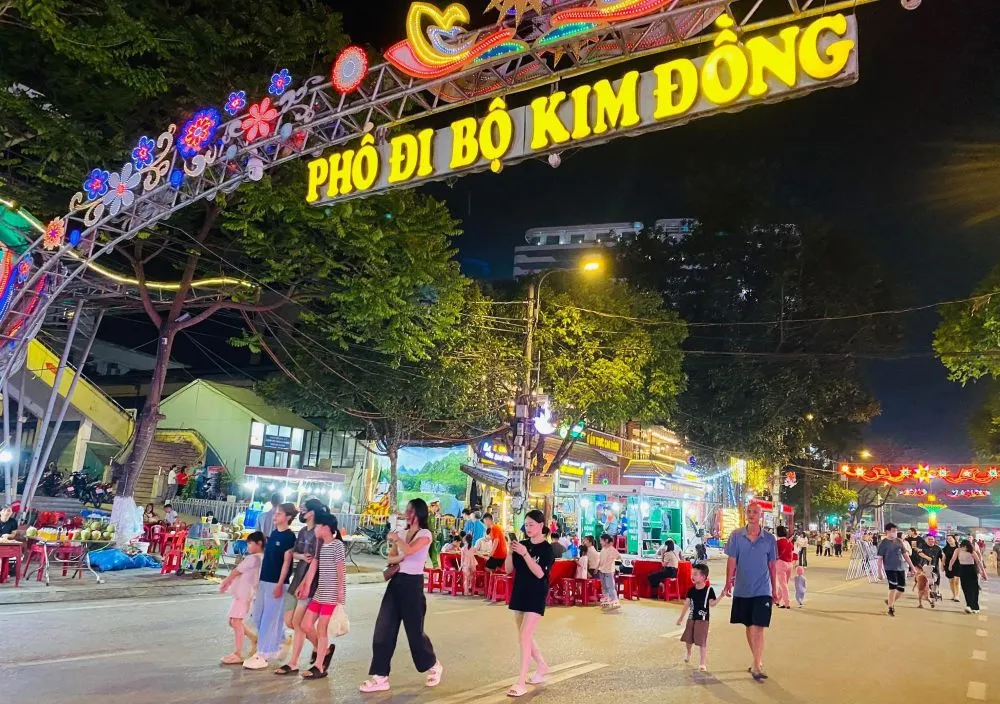
4. Unmissable cultural experiences
Cao Bang is not just a land of stunning waterfalls and limestone peaks, it’s also a cultural mosaic shaped by over 11 ethnic minority groups, including the Tay, Nung, Dao, Hmong, Kinh, San Chay. Each community brings its own language, dress, cuisine, and spiritual beliefs, making the province one of the most culturally diverse regions in Vietnam. Visiting Cao Bang is like stepping into a living museum where traditions are preserved, and every village tells a different story.
One of the most authentic ways to experience this rich culture is by staying in a traditional homestay in villages like Khuoi Ky, Ban Gioc or Phia Thap. Here, travellers can sleep in stilt houses made of wood or stone, cook meals with the host family, and participate in daily routines like farming, fishing or weaving. As night falls, you might sit by a fire, listening to soulful Then singing performed by Tay people or the haunting sound of the Hmong bamboo flute, echoing through the mountains.
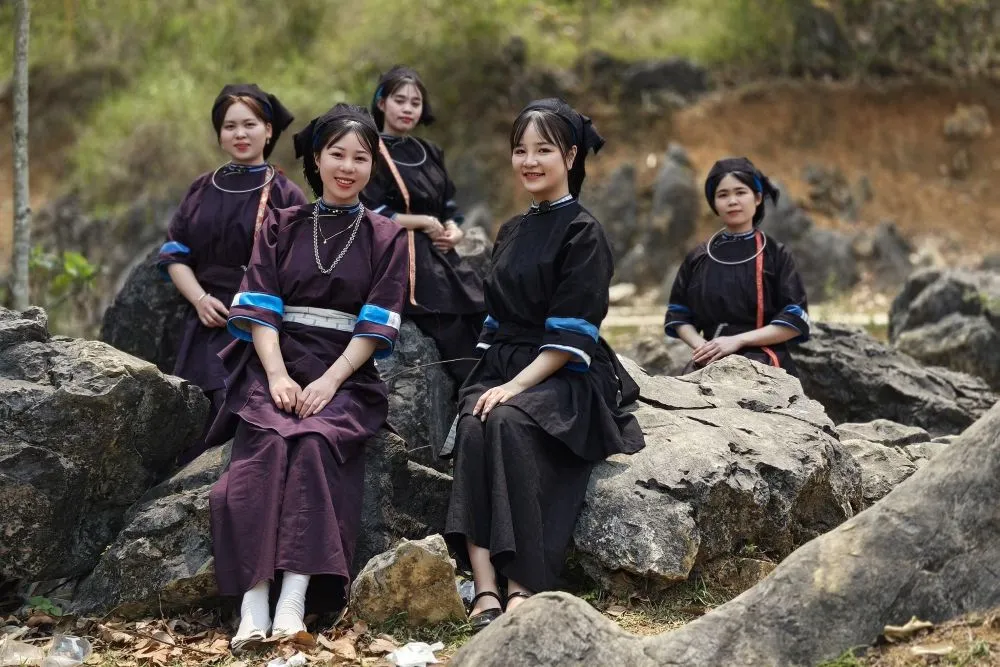
If your visit coincides with a local festival, you're in for an unforgettable treat. The Long Tong Festival (Field-going festival) held in early spring by the Tay and Nung people is a celebration of nature, fertility and community. Locals gather in colorful traditional costumes to perform folk dances, play age-old games like tug of war and prepare ceremonial offerings. It's a joyful, vibrant event where visitors are warmly welcomed.
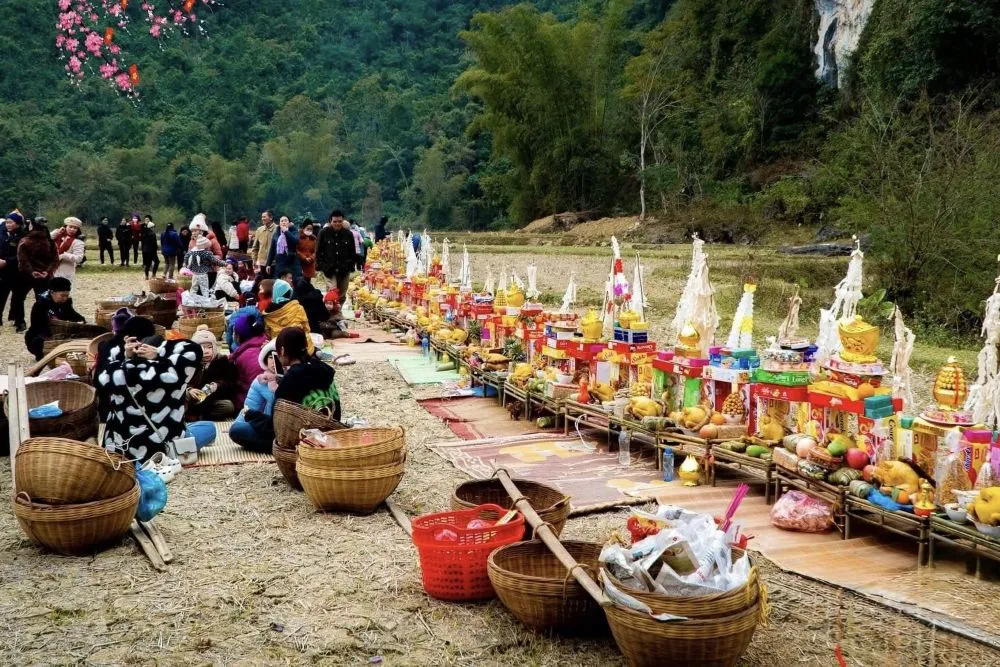
Cao Bang is also home to many traditional craft villages. In some Tay or Nung villages, you can learn how to make the incense sticks or weave brocade fabrics, dye cloth using natural indigo. In other villages, artisans specialize in creating yin-yang roof tiles, an architectural symbol of balance found on ancient stilt houses and temples throughout the region. Each handicraft tells a story about ancestry, spiritual beliefs, or everyday life in the mountains and artisans are often happy to share the meaning behind their work.
What makes cultural experiences in Cao Bang truly special is the genuine hospitality of its people. Whether it’s being invited to share a cup of rice wine, joining a family meal, or simply chatting with a grandmother, these small, spontaneous moments often leave the deepest impressions.
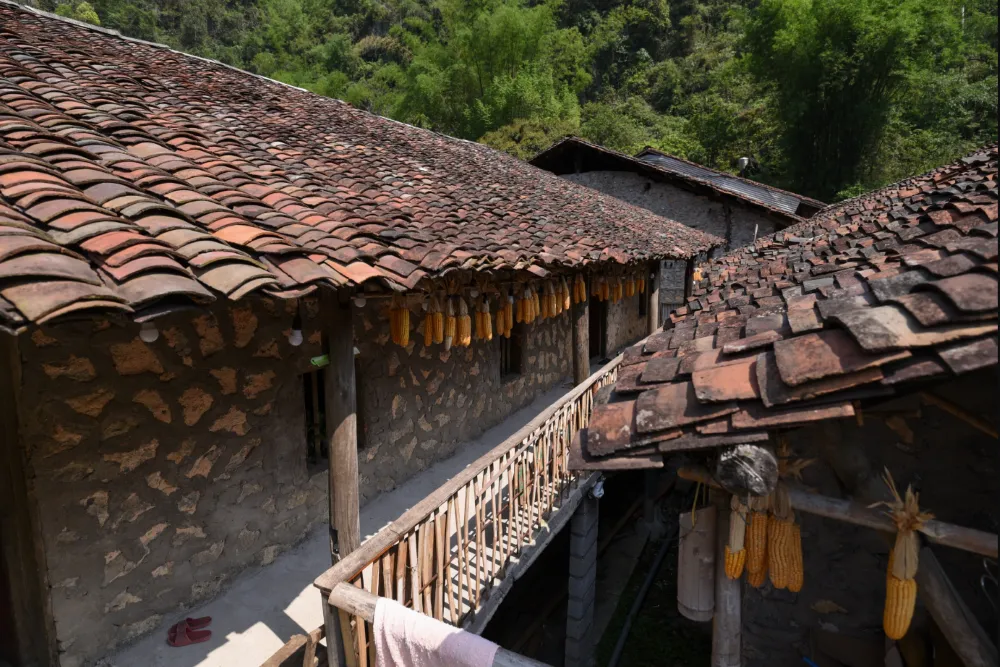
5. When to visit Cao Bang?
Cao Bang enjoys a generally mild and pleasant climate year-round. With its humid subtropical climate and mountainous terrain that catches northern winds, the province is directly influenced by cold air masses, but temperatures rarely drop below 0°C, and snowfall is almost nonexistent except on a few high mountain peaks during deep winter.

Summers (May to September) are warm and humid, with average 25 - 35°C, but never reaching the sweltering extremes seen in other parts of Vietnam. In winter (December to February), the region takes on a temperate-like feel, with average 10 - 18°C. Though dry and crisp during this time, occasional cold snaps may bring temperatures down to 5°C, especially in the highlands.
Spring and autumn are less defined, with spring often feeling damp and misty due to southern winds, while autumn tends to be cooler, drier, and more comfortable - perfect for travel.
So, when should you go?
The best time to visit Cao Bang is from October to April, when the weather is dry, cool, and ideal for sightseeing and trekking. Autumn (October–November) offers golden rice fields and crystal-clear skies, while spring (February–April) brings blooming flowers and vibrant local festivals. If you don't mind a few summer showers, the green season (May–September) rewards you with lush landscapes and dramatic waterfalls.
Each season has its own charm, but for the most comfortable experience, October to April is the most ideal time.
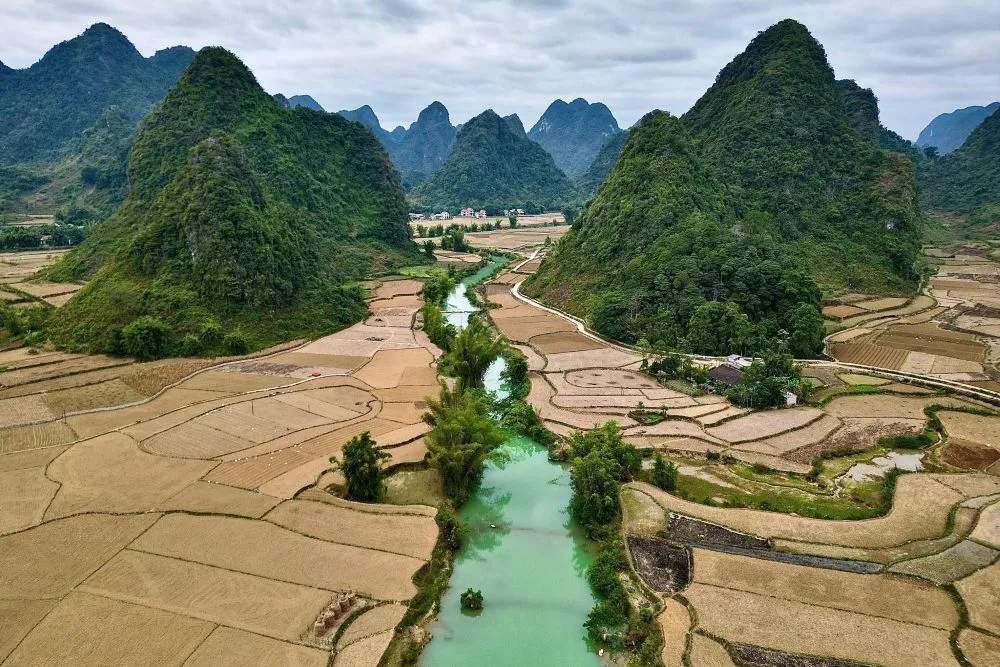
6. Where to stay in Cao Bang?
Cao Bang offers a variety of accommodations to suit every traveller’s style from a cozy cultural stay in a local village to a more comfortable base in the city. The province’s lodging scene is still developing, which means you’ll find authentic experiences rather than mass-market tourism.
Saigon - Ban Gioc Resort: Located just a short walk from Ban Gioc Waterfall, this is one of the local resort options in the area. With spacious rooms, modern amenities and stunning views of surrounding mountains, it’s a great choice for those who want to combine both comfort and nature.
Duc Tai Hotel: A well-rated 3-star hotel right in the heart of Cao Bang City, which is ideal for travellers who want convenience, clean rooms, and easy access to restaurants, markets, and transport services.
Khuoi Ky Eco Homestay: Situated in the tranquil Khuoi Ky stone village near Nguom Ngao Cave, this eco-friendly homestay offers a unique experience in simple but neat houses. Guests can enjoy mountain views, a shared kitchen, and participate in local cultural activities.
Phia Thap homestay: Located in a quiet village known for incense-making, this homestay offers an immersive experience into Tay culture and traditional crafts. Guests can learn how to make incense, enjoy mountain views, and relax in a tranquil, off-the-beaten-path setting.
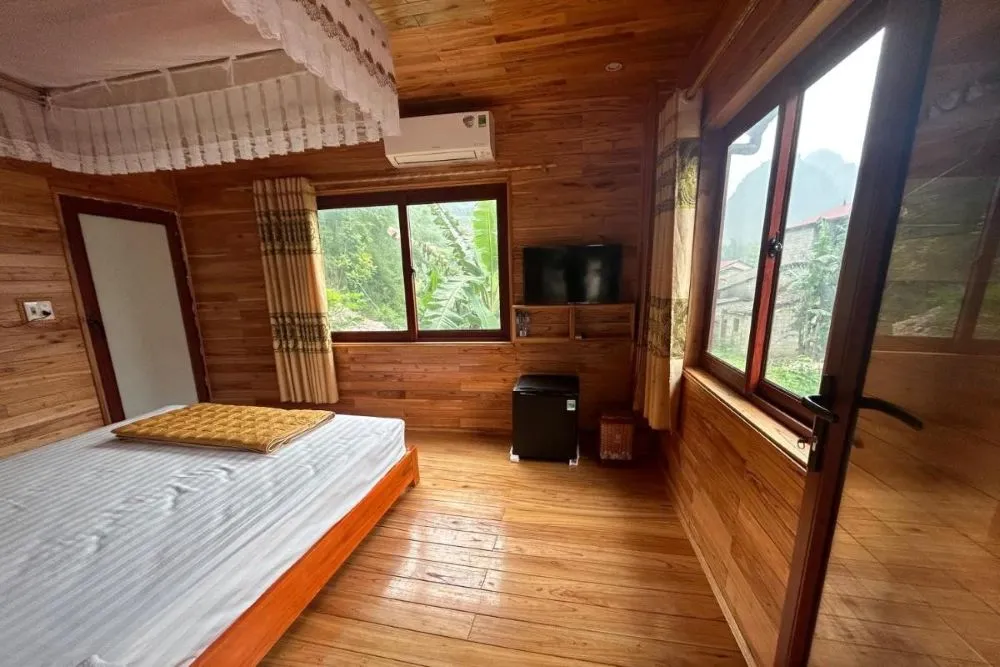
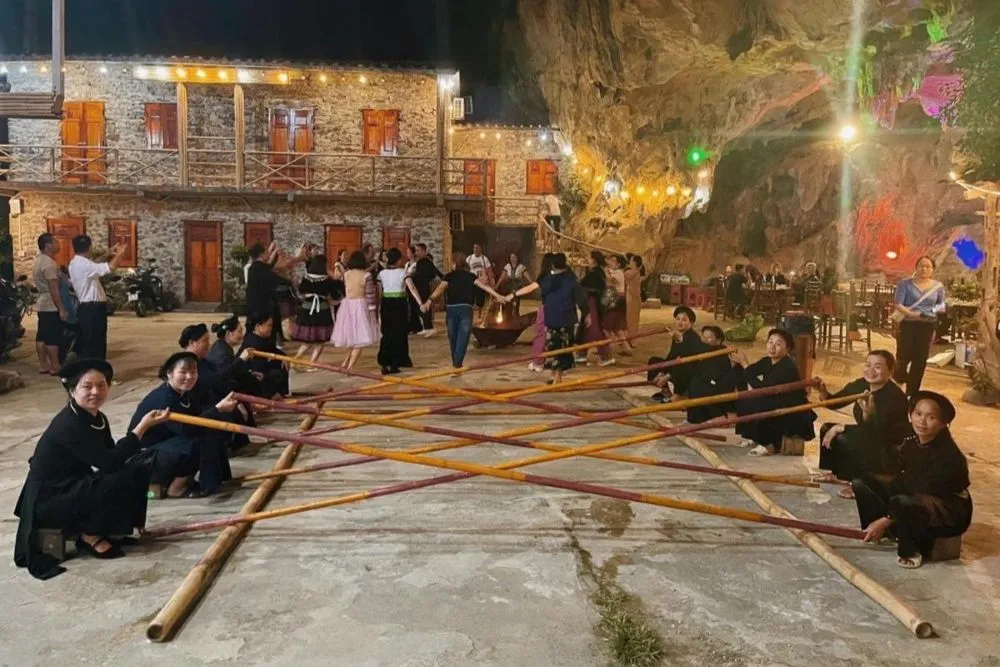
7. Cao Bang Specialties
Food in Cao Bang is rustic, hearty, and full of flavor. Some must-try dishes include:
Pho Chua (Sour Pho): Unlike the traditional hot, savory pho of Hanoi, Phở Chua is a refreshing cold noodle dish that bursts with flavor and texture. Slippery rice noodles are topped with slices of pork belly or roasted duck, crunchy peanuts, pickled papaya, and aromatic herbs. What makes it special is the tangy, sweet-sour sauce drizzled over the bowl—creating a light, appetizing balance that's perfect for a warm day.
Banh Cuon Cao Bang (Cao Bang-style steamed rice rolls): These delicate rice rolls are thinner and silkier than their southern cousins. They’re filled with seasoned minced pork and wood ear mushrooms, then served in a bowl with a rich, savory pork bone broth, a unique twist that sets Cao Bang’s version apart. Add a dash of crispy shallots and fresh herbs, and you’ve got a warm, soulful dish that locals line up for each morning.
Banh Trung Kien (Ant egg cake): One of Cao Bang’s most curious delicacies, Banh Trung Kien is a seasonal specialty of the Tay people made using black ant eggs harvested from the forest. These tiny eggs are mixed with sticky rice flour, wrapped in fig leaves, then steamed or grilled to perfection. The result is a dish that’s nutty, slightly buttery, and deeply earthy, offering a taste of the forest for any adventurous food lovers.
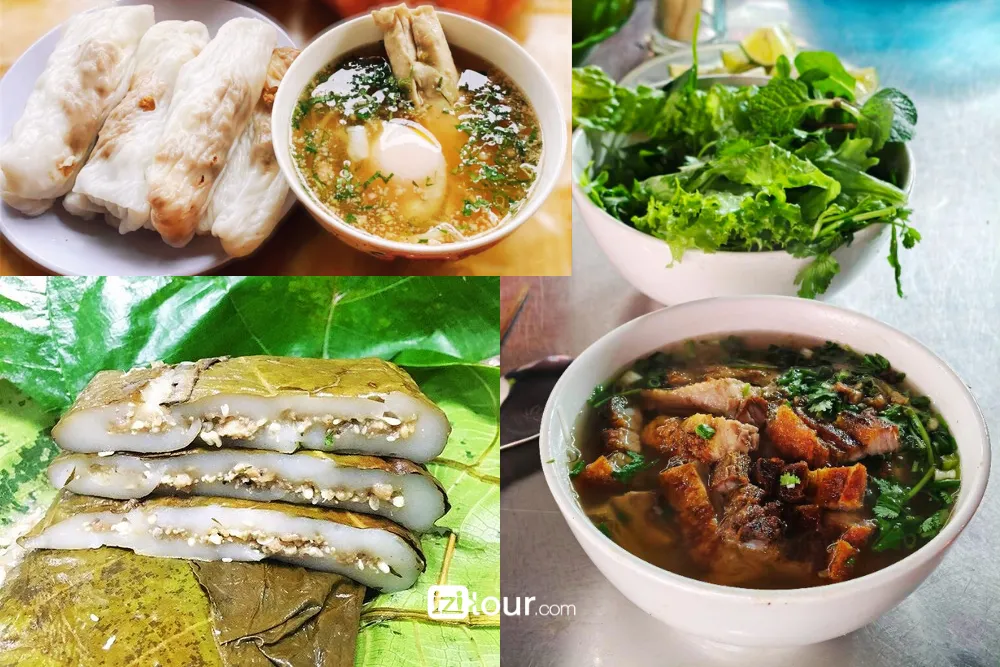
You’ll find these dishes in local eateries and morning markets in Cao Bang City.
>> See more: Must-try list for Cao Bang food
8. How to get there?
The journey to Cao Bang rewards you with breathtaking scenery and authentic experiences far from the tourist trail, whether you’re starting from Hanoi or connecting from other northern destinations.
8.1. How to get to Cao Bang from Hanoi?
Cao Bang lies about 280 kilometers northeast of Hanoi and the most popular ways to get there are:
By bus: Daily sleeper buses depart from My Dinh Bus Station in Hanoi. The journey takes around 7 - 8 hours and usually arrives early in the morning if you take a night bus.
By motorbike: Many backpackers include Cao Bang as part of a Northern Vietnam motorbike adventure, often referred to as the Cao Bang Loop, which can be combined with Ha Giang, Ba Be and Lang Son for an unforgettable mountain journey.
By private car or motorbike: Adventurous travellers may opt for a self-drive or hire a private transfer. The drive takes around 6 - 7 hours via National Highway 3 and offers scenic mountain views, especially as you near Cao Bang.
>> See more: 5 ways to get from Hanoi to Cao Bang
8.2. How to get to Cao Bang from Sapa?
There is no direct route from Sapa to Cao Bang, as the two towns are about 500 km apart. Travellers typically return to Hanoi or travel via Ha Giang, but both options involve long travel times and multiple transfers. The most practical choice is to hire a private car or travel with a local guide, especially if you want to explore the scenic highland routes along the way.
8.3. How to get around Cao Bang?
Once in Cao Bang, the best way to explore the province is by motorbike, private car or tour guide service. Some remote villages and natural attractions like Nui Thung Mountain or Phong Nam Valley are not accessible by public transport, so having your own wheels gives you the freedom to explore at your own pace.
9. Tour itineraries through Cao Bang and Northern Vietnam
To truly experience Cao Bang’s natural beauty and cultural richness, you should plan to spend at least 2 days there. Many travelers opt for easy treks to explore the area at a relaxing pace, enjoy a local lunch with Cao Bang specialties and then spend the afternoon unwinding or visiting nearby attractions along the stunning route. However, due to its remote location and long travel distances, it’s highly recommended to combine Cao Bang Loop with nearby destinations such as Ba Be National Park, Dong Van Karst Plateau (Ha Giang) or Huu Lung (Lang Son). This not only makes your journey more worthwhile but also allows you to explore the broader cultural and geological wonders of northern Vietnam in one seamless trip.
Cao Bang Hightlights 2-Day Itinerary
Day 1: Cao Bang City → Pac Po historical site → Visit Ban Gioc Waterfall → Explore Nguom Ngao Cave → Overnight at a homestay in Phia Thap
Day 2: Visit craft villages of blacksmithing, handmade paper and incense sticks → Return to Cao Bang City → Depart or continue to next destination
Cao Bang Nature and Culture 3-Day Itinerary
Day 1: Cao Bang City → Phong Nam Valley → Ban Gioc Waterfall → Overnight in Khuoi Ky
Day 2: Nguom Ngao Cave → Thang Hen Lake → Overnight at a homestay in Phia Thap
Day 3: Visit craft villages of blacksmithing, handmade paper and incense sticks → Return to Cao Bang City → Depart to Ba Be Lake or Huu Lung
Cao Bang - Ba Be - Huu Lung 5-Day Itinerary
Day 1: Hanoi → Ba Be National Park
Day 2: Ba Be → Cao Bang City → Phia Thap incense village → Homestay in Phia Thap
Day 3: Ban Gioc Waterfall → Nguom Ngao Cave → God’s Eye Mountain
Day 4: Bac Son Valley → Huu Lung
Day 5: Yen Thinh → Yen Vuong → Hanoi
The Northern Vietnam Explorer 8-Day Itinerary
Day 1: Hanoi → Ha Giang → Overnight at Ha Giang homestay
Day 2: Bo Y Village → Quan Ba Pass → Dong Van Karrst Pateau Geopark → H’mong King Palace
Day 3: Ma Pi Leng Pass → Nho Que River → Cao Bang
Day 4: Khau Coc Cha Pass → Xuan Truong Valley → Pac Po Historical Site
Day 5: Ban Gioc Waterfall → Nguom Ngao Cave → Phuc Sen Blacksmithing village
Day 6: Visit craft villages of handmade paper and incense sticks → Ba Be
Day 7: Ba Be National Park → Overnight at Ba Be homestay
Day 8: Hua Ma Cave → Return to Hanoi
>> Check the details & price of this tour: The charming beauty of the North - East Vietnam
IZITOUR offers all-inclusive tour packages to Cao Bang. Let's see our recommended itineraries and feel free to reach out. We’ll handle everything for you to have a smooth and memorable journey.
10. Practical travel advices
To make the most of your journey in Cao Bang and to ensure a respectful, positive experience for both you and the locals, here are a few essential travel tips:
- Trekking or taking a dip in the streams can be a lot of fun, but for your safety, it’s best to go with a local guide.
- Make sure to carry all essential items, including identification, cash, insect repellent, sunscreen, and any personal medication.
- If you're planning to go trekking in Cao Bang, be well-prepared with proper shoes and supplies.
- When visiting sacred sites like pagodas, dress modestly and behave respectfully. A simple scarf or long sleeves can go a long way.
- Especially in ethnic communities, it’s polite to request permission before pointing your camera, as respect builds trust.
- Rural areas often lack ATMs or card facilities, so it’s best to bring enough cash for meals, entrance fees and local shopping.
- Locals in Cao Bang are friendly and curious. A kind attitude, a bit of patience, and genuine interest in their way of life will open doors to memorable interactions. Some small gifts are always welcomed if you stay overnight at a homestay.
Cao Bang, Vietnam is where nature, history, and culture come together in the most breathtaking way. Towering waterfalls, misty valleys, ancient villages, and welcoming locals make every moment feel meaningful and memorable. If you're dreaming of an authentic, worry-free journey through this hidden gem, let IZITOUR make it happen. Ready to explore? Email us at [email protected] or leave a comment below, our travel consultants will reach out to you right away with expert advice and a tailored travel plan.
See more:
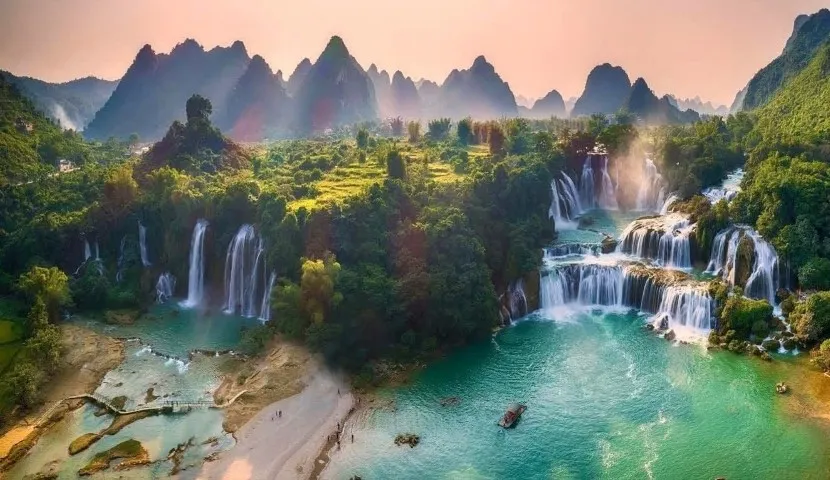






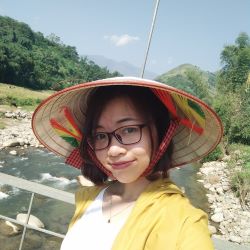
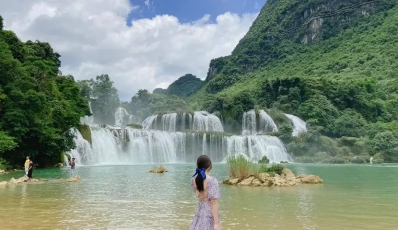
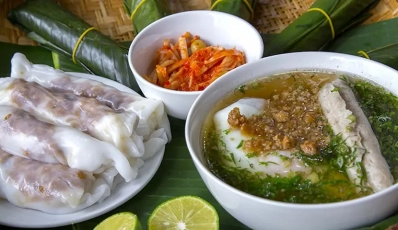
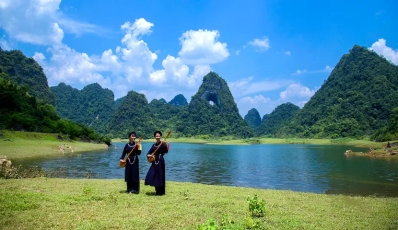
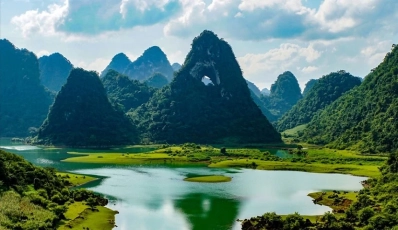
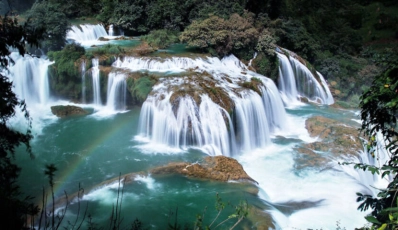
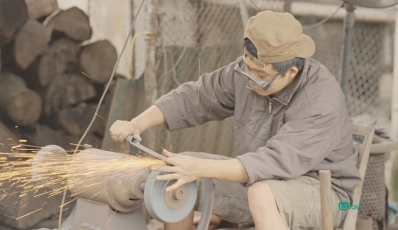
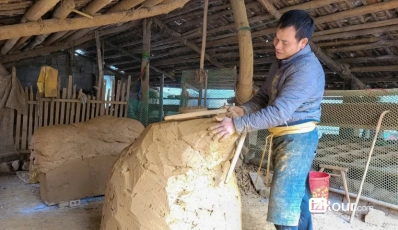
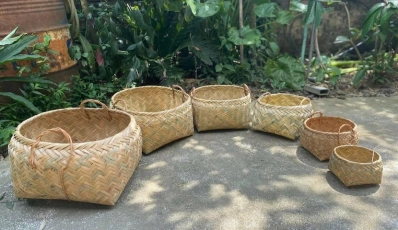
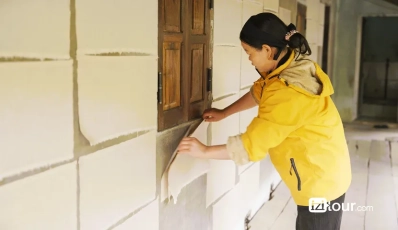
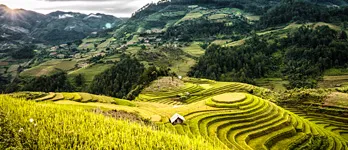
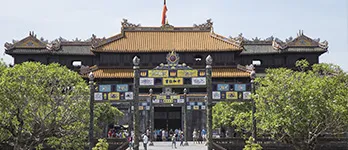


 TRAVELERS' CHOICE 2025
TRAVELERS' CHOICE 2025 


